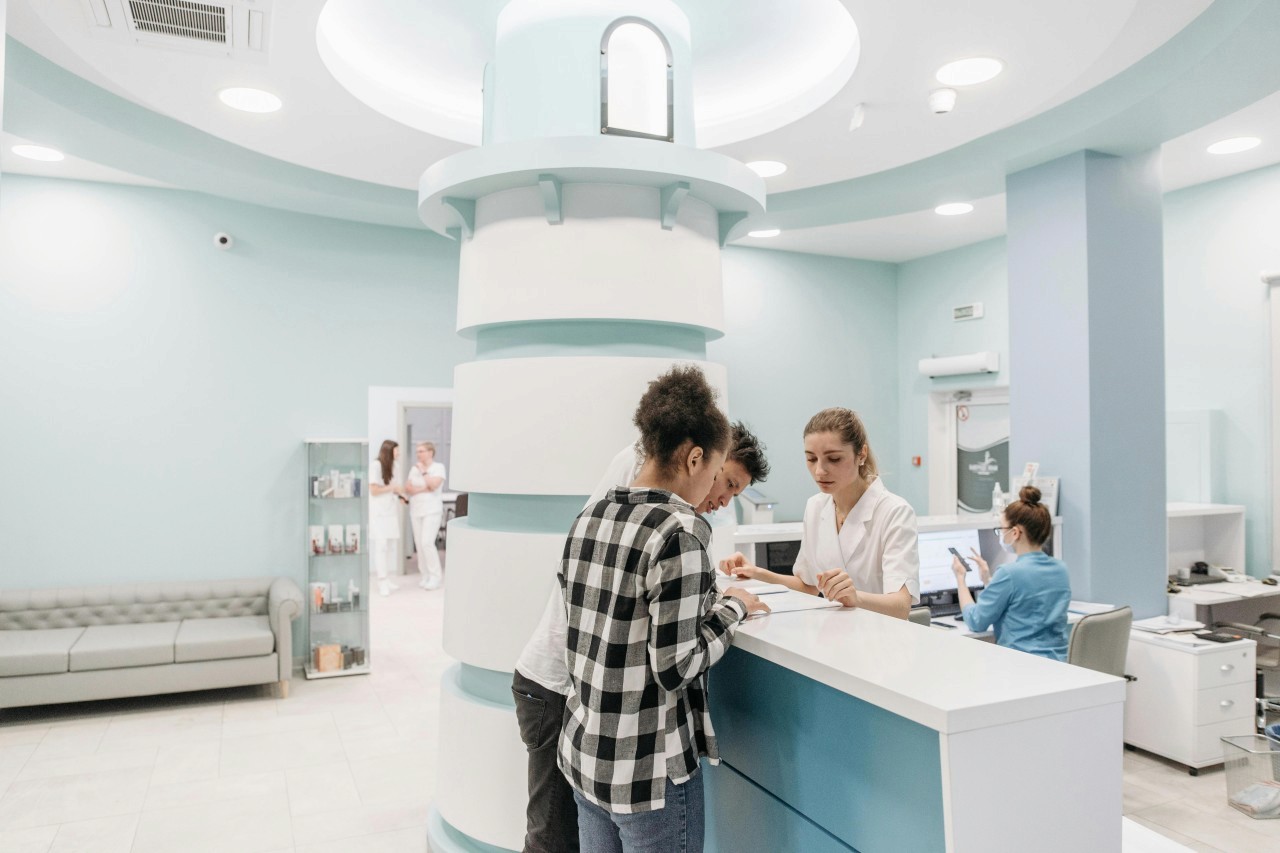News and updates
As the dental industry enters 2025, practices are facing challenges that require strategic and innovative solutions. Severe staffing shortages, rising operational costs, and shifting patient expectations are among the pressing issues that demand attention. In this article, we’ll break down the seven critical challenges that your dental practice faces and offer insights into how to overcome them.
Jan 15, 2025
1. Severe Staffing Shortages
One of the most significant hurdles dental practices face today is the severe shortage of qualified staff. Dentists are struggling to recruit and retain dental hygienists and assistants, which directly impacts patient care and the efficiency of operations.
In fact, nearly 95% of dentists say recruiting hygienists is a major challenge.
The difficulty in hiring skilled professionals leads to longer patient wait times, reduced service capacity, and increased stress on existing staff members.
Several factors contribute to this staffing crisis. The COVID-19 pandemic prompted a workforce reduction, with many professionals leaving the field due to health concerns or changing career paths.
Additionally, there is a declining enrollment in dental assistant and hygienist programs, resulting in fewer new entrants to replace those retiring. The aging workforce, with many experienced professionals approaching retirement, is making the shortage worse and leading to a loss of valuable expertise and mentorship within practices.
2. Rising Operational Costs
Rising operational costs present another significant challenge for dental practices. Inflation and the need to offer competitive wages to attract and retain staff have increased expenses across the board.
Nearly seven in 10 dental practices report an increase in overhead costs, with half of them experiencing a rise of 10% or more. Meanwhile, only 11% of practices reported a decrease in their overhead.
Managing these rising costs requires careful financial planning and resource allocation.
Practices must balance investing in the latest technologies and providing exceptional patient care all while controlling expenses. And this often proves to be a tough balancing act.
3. Stagnant Insurance Reimbursements
While operational costs rise, insurance reimbursements have remained relatively stagnant, creating financial pressure on dental practices.
This widening gap between the actual cost of providing care and the payments received from insurance companies challenges practices' ability to remain profitable.
This issue forces some dentists to opt out of certain insurance networks, which could limit patient access to care. Others explore alternative financial strategies, such as diversifying services or adjusting fee schedules, to mitigate the impact of stagnant reimbursements.
4. Rapid Technological Changes
The fast pace of technological advancement offers both opportunities and challenges. Innovations such as AI diagnostics, 3D printing, and digital workflows have the potential to improve patient care significantly.
The global dental equipment market is projected to reach $11.91 billion by 2025, indicating widespread adoption of new technologies. However, keeping up with these advancements requires substantial initial investments and ongoing expenses for software licenses and maintenance.
Implementing new technologies also means extensive staff training, which isn’t always an option in short-staffed offices where time is precious.
Carefully weigh the benefits of adopting cutting-edge tools against the costs and logistical challenges involved. Strategic planning is essential to integrate new technologies seamlessly without disrupting daily operations or overwhelming the staff.
5. Integrating New Technologies
Successfully integrating new technologies into existing practice systems is a complex process because you need to check if they’re compatible with current software and patient records.
Then, there are data security concerns, especially considering healthcare-related data breaches continue increasing year-over-year. Make sure to work with reputable software vendors, particularly when adopting cloud-based solutions, to protect sensitive patient information and comply with regulations such as HIPAA.
Managing system performance during upgrades and transitions can also be tricky. Practices need to plan meticulously to minimize downtime and prevent disruptions to patient care. Ongoing technical support and maintenance are necessary to keep systems running smoothly and to address any issues promptly.
6. Shifting Patient Expectations
Patient expectations are evolving, with a growing demand for convenience, personalization, and digital engagement in healthcare services.
Studies have shown that over 80% of patients prefer healthcare providers who offer digital communication options. The desire for virtual consultations and access to health information online reflects a broader trend toward consumer-centric healthcare.
You can adapt by implementing systems that make digital interactions (such as scheduling) easier. Supporting patient education on insurance, billing, and treatment options through accessible online platforms can also improve patient satisfaction.
7. Increased Wait Times
Staff shortages and operational challenges contribute to increased patient wait times, which negatively impacts the quality of care. Longer wait times lead to unhappy patients who feel like they haven’t received good service.
And when you are unable to schedule appointments promptly, patients might seek care elsewhere, impacting your reputation and revenue.
To mitigate these effects, practices must optimize scheduling processes and consider flexible staffing solutions to find temporary staff.
Embracing Flexible Staffing for a Stable Business
Navigating modern issues in dentistry involves confronting significant challenges head-on.
Staffing shortages, rising operational costs, and evolving patient expectations require proactive and innovative approaches. By investing wisely in new technologies, adopting flexible staffing models, and focusing on financial sustainability, you can come out on top.
Embracing platforms like Teero can prove to be a game-changer when it comes to solving your workforce shortage. We offer flexible staffing solutions that connect practices with a network of qualified dental hygienists for temporary or free permanent placements.
Take the first step by signing your office up.
